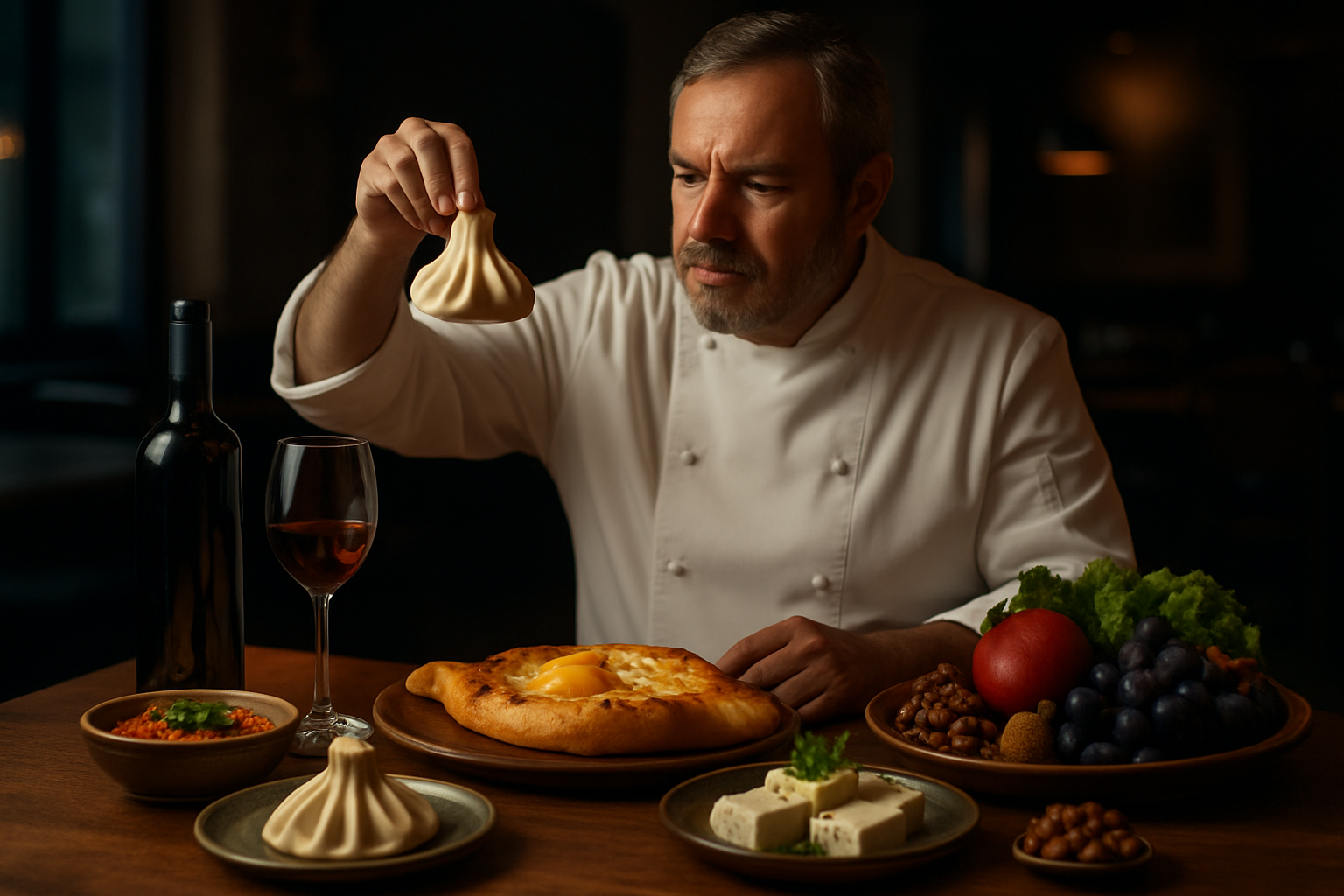Crafting Edible Art: The Delicious World of Food Sculptures
Edible art takes culinary creativity to new heights, transforming ordinary ingredients into extraordinary visual masterpieces. This fusion of gastronomy and artistry captivates both the eye and the palate, elevating dining experiences to unforgettable sensory journeys. Join us as we explore the fascinating realm of food sculptures, where chefs become artists and meals double as exhibitions.

Techniques and Tools of the Trade
Creating food sculptures requires a combination of culinary expertise and artistic vision. Chefs employ a variety of techniques, including carving, molding, and assembling, to bring their edible creations to life. Specialized tools such as fruit carving knives, chocolate molds, and food-safe sculpting materials are essential for crafting intricate designs. Many artists also incorporate non-edible elements like wire armatures or food-safe adhesives to support larger or more complex structures.
From Plate to Gallery: Edible Installations
Food sculptures have transcended the dining table to become standalone art installations. Galleries and museums now feature edible exhibits that challenge perceptions of food as merely sustenance. These installations often explore themes of sustainability, cultural identity, and the intersection of art and consumption. By elevating food to the status of fine art, these exhibits prompt viewers to reconsider their relationship with what they eat and how they perceive culinary creativity.
The Psychology of Eating with Your Eyes
The visual appeal of food sculptures plays a significant role in our perception of taste and enjoyment. Studies have shown that beautifully presented dishes can enhance the dining experience, making food appear more flavorful and satisfying. This phenomenon, known as “visual flavor,” demonstrates the power of aesthetics in gastronomy. By creating visually stunning food sculptures, chefs can engage diners on multiple sensory levels, resulting in a more memorable and immersive culinary experience.
Sustainability and Edible Art
As awareness of food waste grows, many food sculptors are adopting sustainable practices in their work. By using imperfect produce or repurposing food scraps, artists can create stunning pieces while minimizing waste. Some sculptors even specialize in ephemeral art, creating temporary installations that decompose naturally or are consumed as part of the viewing experience. This approach not only reduces environmental impact but also adds an element of impermanence that enhances the artwork’s meaning and value.
Useful Tips & Facts
• Start with firm fruits and vegetables like melons, apples, and root vegetables for easier carving.
• Practice basic knife skills before attempting intricate designs.
• Use natural food coloring from ingredients like beets or turmeric for vibrant, edible hues.
• Consider the longevity of your materials when planning sculptures for events.
• Experiment with unconventional ingredients like cheese, bread, or even ice for unique textures.
• Study anatomy and botanical forms to improve your sculpting skills.
• Incorporate edible flowers for added visual interest and flavor.
In conclusion, food sculptures represent a captivating intersection of culinary skill and artistic expression. By transforming everyday ingredients into breathtaking visual compositions, chefs and artists alike are redefining the boundaries of gastronomy. As this trend continues to evolve, we can expect to see even more innovative and thought-provoking creations that challenge our perceptions of food and art. Whether admired in a gallery or savored at the dinner table, edible art promises to delight and inspire food enthusiasts and art lovers for years to come.





